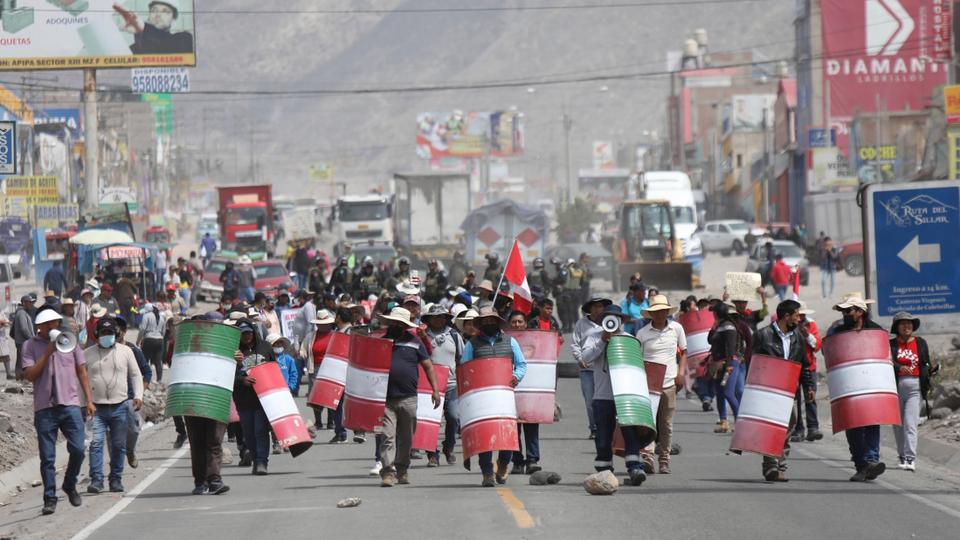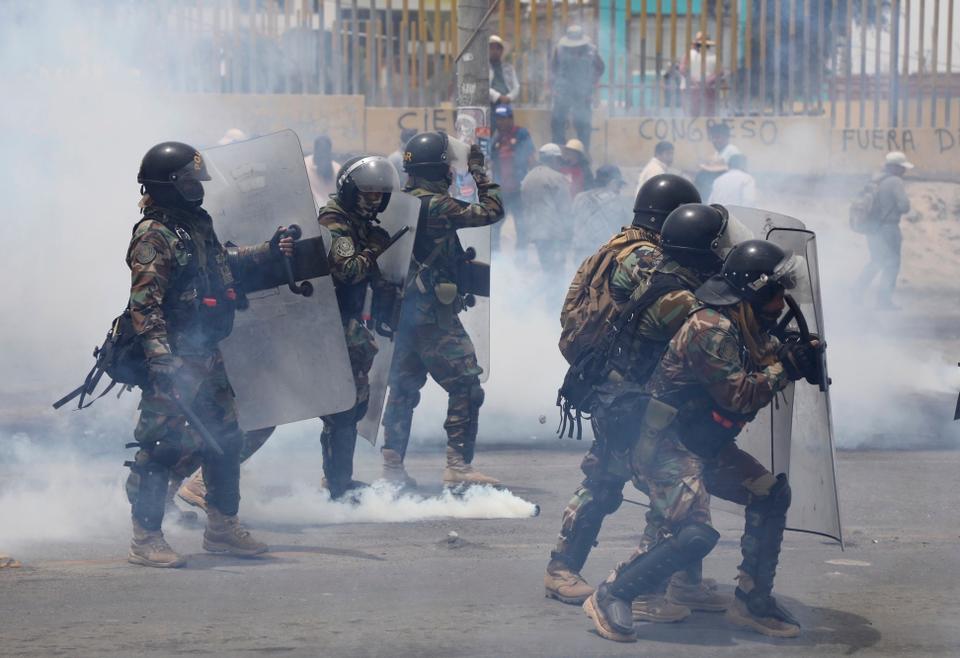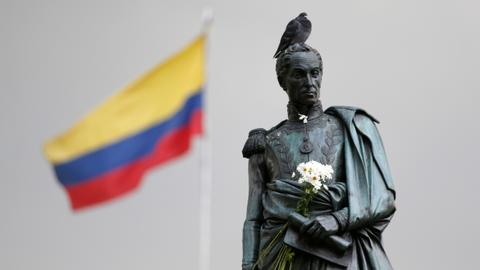The fuel of the future

Green hydrogen is all the rage these days. During November’s United Nations Climate Change Conference (COP27) in Egypt, German Chancellor Olaf Scholz announced that Germany will invest more than €4 billion ($4.3 billion) in developing a market for it. In the United States, President Joe Biden’s administration has made “clean” hydrogen a centerpiece of its Inflation Reduction Act, which provides subsidies for renewable energies. China, too, is so invested in electrolysis that some observers already fear that it will take over the market the same way it did with photovoltaic panels. And even corporations like the Australian mining giant Fortescue are betting on it becoming a multibillion-dollar industry.
When a technology is hyped to such an extent, many environmental activists tend to become nervous. Is “clean hydrogen” merely a way to greenwash so-called “blue” and “pink” hydrogen, generated from natural gas and nuclear energy, respectively? Is it an attempt to produce a magic techno-fix that vindicates absurd excesses like space tourism and hypersonic flight, when the world’s middle and upper classes should be shrinking their energy and resource consumption? Or is this the next stage of extractivism, appropriating low-income populations’ land and water under the guise of fighting climate change?
The short answer to all these questions is yes. But that is neither inevitable nor the whole story. Yes, the green hydrogen dream could well develop into a nightmare if we do not get it right. Still, it is an indispensable building block of the global economy’s transition from climate-destroying fossil fuels to sustainable models based on 100% renewable energies. It may be difficult to accept this ambiguity, but the urgent need to avert a climate catastrophe requires no less.
Given hydrogen’s many potential applications, some leading experts estimate that it could power 20-30% of global energy consumption by mid-century. But that does not necessarily make it the most efficient choice. Electric batteries, for example, require far fewer renewable kilowatt hours per kilometer traveled to power cars and trucks than hydrogen fuel cells or e-fuels do. Similarly, using heat pumps is more efficient than converting gas boilers to hydrogen. Organic alternatives to nitrogen fertilizer should also be given much more consideration.
But there are several critical sectors with few economically viable zero-carbon alternatives to green hydrogen and its derivatives, including long-distance shipping and aviation, chemicals, and steelmaking. Notwithstanding the hype, many industries will clearly need vast amounts of clean hydrogen to achieve net-zero emissions by 2050. To illustrate the scale of the challenge, Bloomberg New Energy Finance founder Michael Liebreich recently estimated that just replacing today’s “dirty” hydrogen – produced from fossil fuels – would require 143% of the wind and solar energy the world currently has.
Several countries in the Global South have been blessed with world-class solar and wind potential, enabling them to produce green hydrogen at very low cost. Some, like Namibia, have built their industrial development strategy around this competitive advantage. But how could international trade in green hydrogen and its derivatives become a pathway to prosperity? And how can developing countries avoid the green extractivism trap and ensure that trade is fair and sustainable?
A series of consultations and studies in Chile, Argentina, Brazil, Colombia, South Africa, Morocco, and Tunisia have explored these questions at length. A new report by the Heinrich Böll Foundation and Bread for the World synthesizes their findings and highlights the need to do no harm. To prevent the green hydrogen dream from becoming a nightmare, we must develop the sector with territorial planning, and clear standards and policies, as well as uphold local communities’ right to prior informed consent. To deliver on the promise of post-fossil development and foster sustainable economies, governments must devise ambitious and realistic industrial strategies. And these strategies must be embedded in a systemic approach to sustainable development and the energy transition. Moreover, we need to consider how hydrogen is used – not just who can pay for it.
None of this will happen by itself. Achieving a sustainable future is a political choice that requires leadership and cooperation. Several countries could help make fair and sustainable trade in green hydrogen a reality. Namibia, Chile, Colombia, and now (under President Luiz Inácio Lula da Silva) Brazil, for example, have the right political conditions for balancing green-hydrogen production with strong environmental and social standards. Over time, Argentina and South Africa could join this list and become producer countries.
As a prospective major importer and consumer of green hydrogen, Germany would need to form partnerships with producing countries, based on strong environmental and social standards. And given its progressive government, it can be expected to engage with its long-term partners not just as resource providers, but as fellow travelers on the journey toward sustainable, inclusive prosperity.
To that end, Germany and other energy importers must also support exporting countries in their efforts to localize value creation. In this way, the emerging international trade in green hydrogen could become a harbinger of a new, equitable trading relationship between the Global North and South. That is a future worth fighting for, and renewable energy holds the key.
Copyright: Project Syndicate
-- Contact us at english@hkej.com
Head of International Politics at the Heinrich Böll Foundation


















